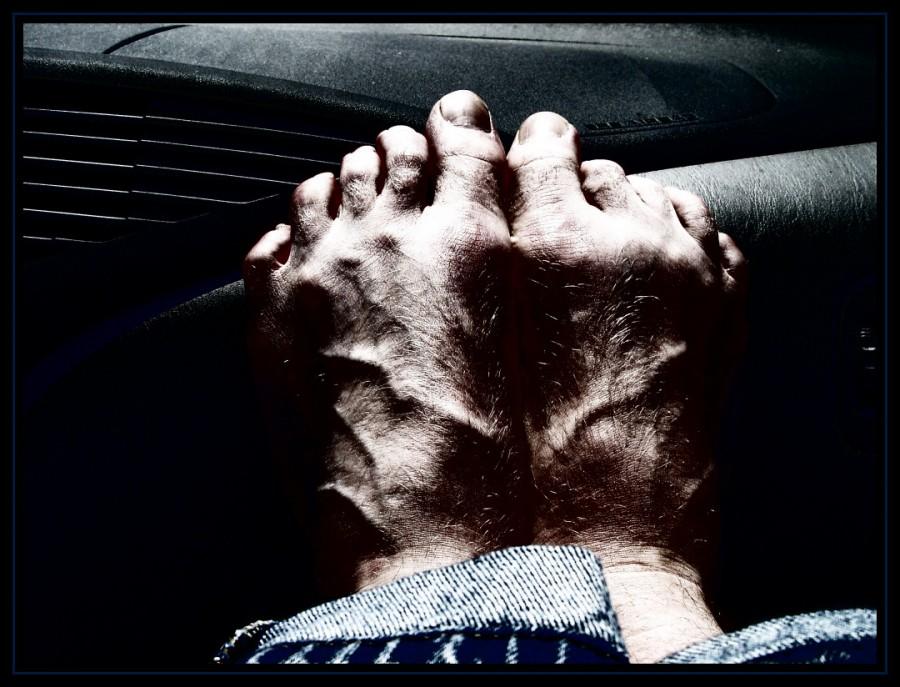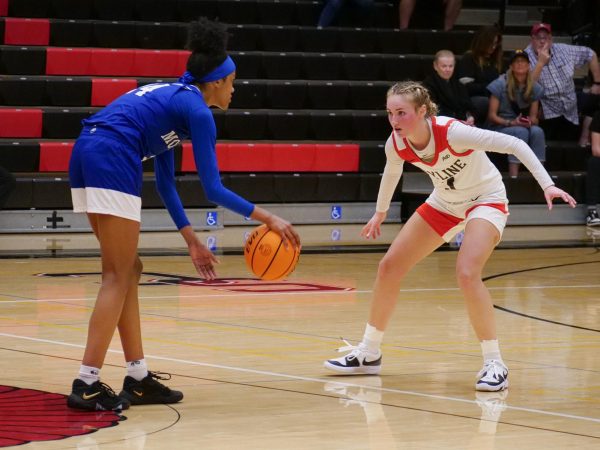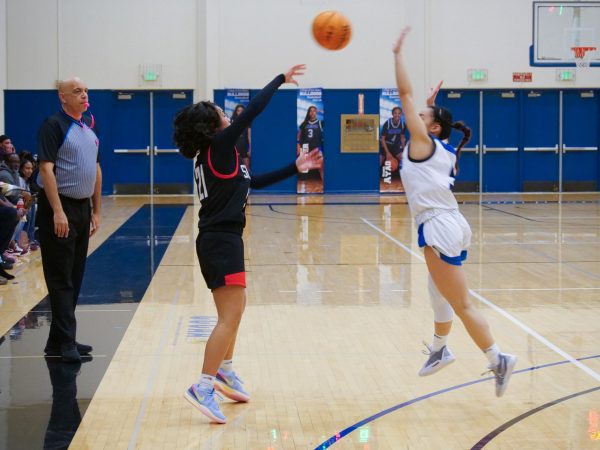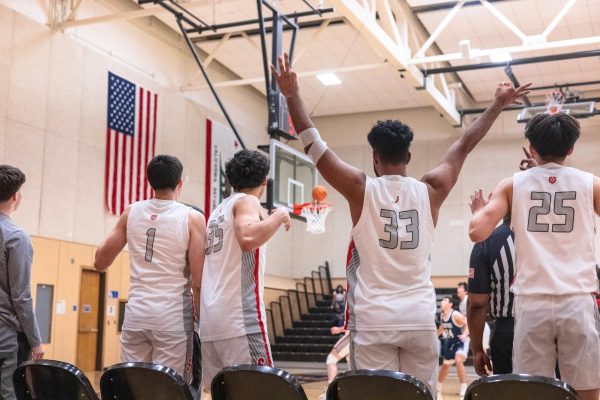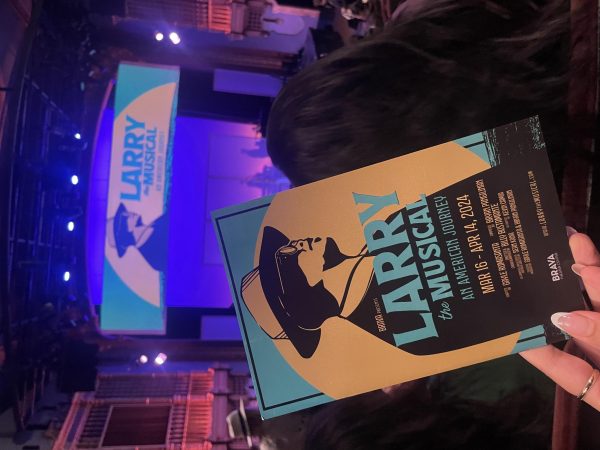Lifehacks for the Notoriously Active College Students
Blisters are the God given gift from wearing your new favorite shoes, walking in them, and breaking them in. For athletes that means being active, which includes running long distances or sprinting for the baton. Ever heard of “dancer’s feet?” Blisters are a pain in the butt and also a reward to show what you achieved. Here are a few ways to care for our bubbly friends in order to keep moving. Of course I am mainly talking about foot blisters but these methods can be applied to hand blisters as well.
The most obvious piece of advice is keeping the foot dry and protected. If the blister is small, covering it up with a moleskin bandage will do the trick until it bursts by itself or dries up. Another thing is to avoid socks if not wearing shoes. Socks might irritate the blister more, increasing the risk of infection. Still, keeping the small wound dry is key.
As a dancer of many years, constantly wearing heals and running, I have heard my fair share of tips on how to take care of blisters. Believe it or not, Epsom salt was one of them. Why Epsom salt as you ask? It is usually used to speed the healing. Warning: this may sting a bit. A proper soak for 15-20 minutes does the trick in a small foot soaking tub with a handful of Epsom salts. Once a day is perfectly fine.
Another one for people who want to keep it holistic is chamomile tea bags when the blister is painful. The herb itself is magical and quite cheap. It has helped with swollen lips and bug bites for myself personally. Instead of making a chamomile compress by making a rather large bucket of chamomile to just dip the cloth in a few times and wasting it, the bags are much more worth it. Literally having the tea bag soak for a minute and then applying it to the wound for at least five minutes does the trick. Some people do say ten minutes, but to each their own.
Before anyone gets ahead of me: yes it is possible to puncture the blister before it pops by itself. A person does not have to do this, but I do, especially when I want the healing process to work. This is very risky if not done properly though, as it can lead to an infection.
The way I personally do it is the needle trick. Not to get into deep details but, I wash my hands, disinfect the needle through a flame and then peroxide in that order. Do not do it the other way around for it can be dangerous. Make sure to disinfect the blister and then carefully puncture it, draining the fluid.
The fluid should be clear. It is a bad sign if there is blood and the fluid is yellow or green. If it is, see your doctor to make sure it is not anything major. Last thing is (I do not do this until it is mostly healed), people tend to remove the skin. Again this can cause an infection. It is better to put cream on the popped blister, wrap it and then let it dry out for the rest of the day.



